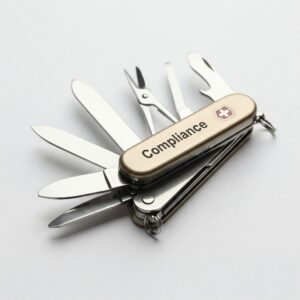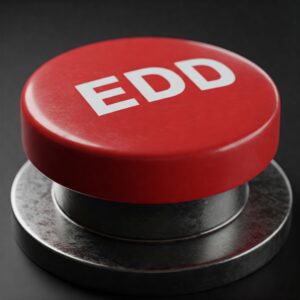7 Reasons Why You Must EDD High-Risk Customers
In an era when financial crime is becoming more sophisticated and regulatory expectations are tightening globally, conducting Enhanced Due Diligence (EDD) on high-risk customers is not just good practice—it’s essential. Whether you’re a fintech, a traditional bank, or a compliance-forward company, knowing who you’re dealing with can make or break your business.
Here are seven reasons why EDD reviews for high-risk clients should be at the top of your compliance strategy:
1. Keep Criminals Out of Your Ecosystem
EDD high-risk customers because you don’t want your platform to become a playground for illicit activity. Criminals often target companies with weak onboarding procedures, slipping through the cracks when risk assessment and EDD aren’t robust enough. Identifying red flags early—like opaque source of funds, shell companies, or connections to high-risk jurisdictions—can stop bad actors before they start.
2. Protect Your Reputation
Your brand is one of your most valuable assets. A single scandal involving money laundering or terrorist financing can erode trust that took years to build. Thorough EDD reviews for high-risk clients demonstrate to customers, partners, and regulators that you’re serious about integrity and governance.
3. Avoid Regulatory Sanctions and Fines
Regulatory bodies expect a risk-based approach to conducting EDD, especially when it comes to politically exposed persons (PEPs), clients from sanctioned countries, or entities involved in high-risk industries. Inadequate due diligence can result in hefty fines or even license revocations. Think of EDD as your compliance insurance policy.
4. Understand the Bigger Picture of Customer Risk
Basic KYC may tell you who a customer is. EDD reveals who they really are. This includes beneficial ownership structures, historical legal issues, business affiliations, and cross-border risk exposure. Effective risk assessment and EDD give you a panoramic view—crucial for evaluating long-term risk.
5. Mitigate the Risk of Fraud
High-risk customers are statistically more likely to engage in deceptive behavior, including document forgery, identity misrepresentation, or transactional manipulation. EDD helps uncover inconsistencies and anomalies that would otherwise be missed, protecting your business from reputational and financial loss.
6. Strengthen Your Risk-Based Approach
EDD isn’t about treating everyone the same—it’s about prioritizing your resources. A risk-based approach to conducting EDD means focusing deeper reviews on those who pose higher risks while streamlining onboarding for low-risk clients. This helps you stay compliant and efficient.
7. Future-Proof Your Compliance Framework
As regulations evolve, regulators increasingly expect companies to go beyond tick-box compliance. EDD high-risk customers now and you’ll be better positioned to adapt to stricter laws tomorrow. The better your data, the faster you can pivot.
Final Thoughts
Conducting EDD reviews for high-risk clients isn’t just about meeting minimum standards—it’s about creating a culture of proactive risk management. By embedding EDD into your onboarding and monitoring workflows, you stay ahead of financial criminals, protect your reputation, and build long-term trust.
It’s not a cost center—it’s your first line of defense.







